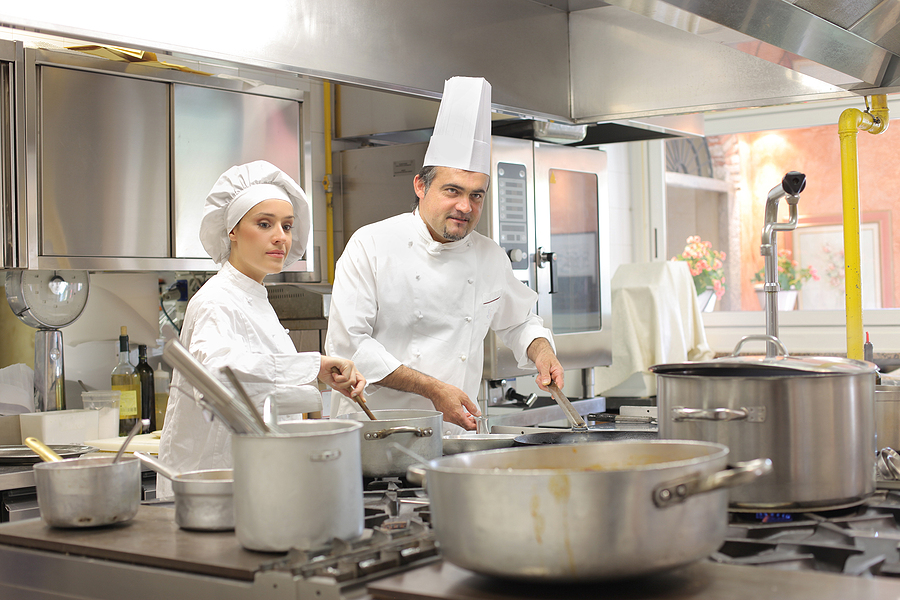St Louis, Missouri, is the Rising Culinary Capital of the Midwest
ST. LOUIS, MO (StLouisRestaurantReview) St Louis, Missouri, often celebrated for its rich history, vibrant arts scene, and passionate sports culture, is now making waves in another realm—the culinary industry. Once known primarily for its barbecue, toasted ravioli, and gooey butter cake, the city has evolved into a thriving gastronomic hub that rivals more traditionally recognized food capitals like Chicago and New York. St. Louis has established itself as a must-visit destination for food lovers with a dynamic blend of innovative chefs, diverse cuisines, and a flourishing local food movement.
A Culinary Renaissance
Over the past decade, St Louis has undergone a culinary renaissance. The city has welcomed a wave of creative chefs pushing the boundaries of traditional Midwestern cuisine while still honoring its rich culinary heritage. Restaurants like Sidney Street Café, Vicia, and Niche Food Group establishments have gained national recognition, drawing both locals and tourists eager to experience the city’s ever-expanding food scene.
James Beard Award-winning chefs, such as Gerard Craft and Kevin Nashan, have paved the way for St Louis to be taken seriously as a food city. Their establishments showcase inventive dishes and a dedication to using high-quality, locally sourced ingredients. This emphasis on farm-to-table dining has permeated the restaurant industry, with many chefs partnering with local farmers and artisans to create fresh, seasonal menus highlighting Missouri’s agricultural bounty.
A Melting Pot of Flavors
What makes St Louis particularly exciting as a culinary destination is its incredible diversity. The city is home to a thriving international food scene, with influences ranging from Bosnian and Vietnamese to Ethiopian and Mexican. St Louis has one of the largest Bosnian populations in the United States, and its impact on the local food scene is evident in the many bakeries and restaurants serving cevapi, burek, and other traditional dishes.
Meanwhile, The Hill neighborhood continues to be a haven for lovers of Italian cuisine, offering time-honored favorites like toasted ravioli and St Louis-style pizza. Cherokee Street boasts some of the best Mexican food in the Midwest, with taquerias and bakeries dishing out authentic street tacos, tamales, and pan dulce.
Additionally, the city has seen a rise in modern fusion restaurants that combine flavors from different cultures in unique and exciting ways. Spots like Indo, led by Chef Nick Bognar, seamlessly blend Japanese and Southeast Asian influences, while Balkan Treat Box reinterprets traditional Balkan dishes in a contemporary fashion.
The Growth of Craft Beer and Specialty Drinks
Without mentioning its legendary brewing culture, no discussion of St Louis’s food scene would be complete. Home to Anheuser-Busch, the city has long been associated with beer, but in recent years, the craft brewing industry has exploded. Breweries like Perennial Artisan Ales, Urban Chestnut, and 4 Hands Brewing Co. have gained national acclaim, offering everything from traditional lagers to innovative barrel-aged stouts and sours.
Beyond beer, St Louis has also cultivated a dynamic cocktail and coffee scene. Cocktail bars like Planter’s House and Taste Bar are redefining mixology in the Midwest, serving expertly crafted drinks that rival those found in major coastal cities. Meanwhile, third-wave coffee shops such as Sump Coffee and Blueprint Coffee have introduced a new level of sophistication to the city’s coffee culture, offering meticulously sourced and brewed specialty coffees that cater to discerning palates.
Food Festivals and Community Engagement
St. Louis’s commitment to food culture extends beyond restaurants and into festivals and events. Annual gatherings such as the Taste of St Louis, St. Louis World’s Fare, and Q in the Lou celebrate the city’s culinary diversity and bring together chefs, restaurateurs, and food enthusiasts for days of indulgence and community engagement.
Farmers’ markets like the Tower Grove Farmers’ Market and Soulard Farmers’ Market further highlight the city’s emphasis on fresh, local ingredients, offering everything from organic produce to artisanal cheeses and freshly baked bread. These markets support local farmers and foster a connection between chefs, home cooks, and food producers.
A Destination for Food Tourism
As word spreads about St. Louis’s flourishing food scene, the city is becoming a prime destination for culinary tourism. Food-focused travelers are now making St Louis a stop on their itineraries, eager to experience the city’s award-winning restaurants, innovative breweries, and vibrant street food culture. The accessibility and affordability of St Louis dining further add to its appeal, making it an attractive alternative to more expensive food cities.
Local institutions, including the International Institute of St. Louis, also foster culinary diversity, supporting immigrant entrepreneurs who bring their traditional flavors and techniques to the city’s restaurant scene. This adds depth to St Louis’s food culture and provides an economic boost to the region.
Conclusion
St Louis has firmly established itself as a powerhouse in the culinary world, blending tradition with innovation to create a food scene that is as exciting as it is diverse. The city has something to offer whether you’re searching for a classic St. Louis-style BBQ, an avant-garde tasting menu, or an authentic international meal. As more chefs and food entrepreneurs continue to push the boundaries of what’s possible, there’s no doubt that St. Louis will remain at the forefront of America’s food revolution for years to come. For food lovers everywhere, it’s time to recognize St Louis for what it truly is—a culinary capital of the Midwest.
